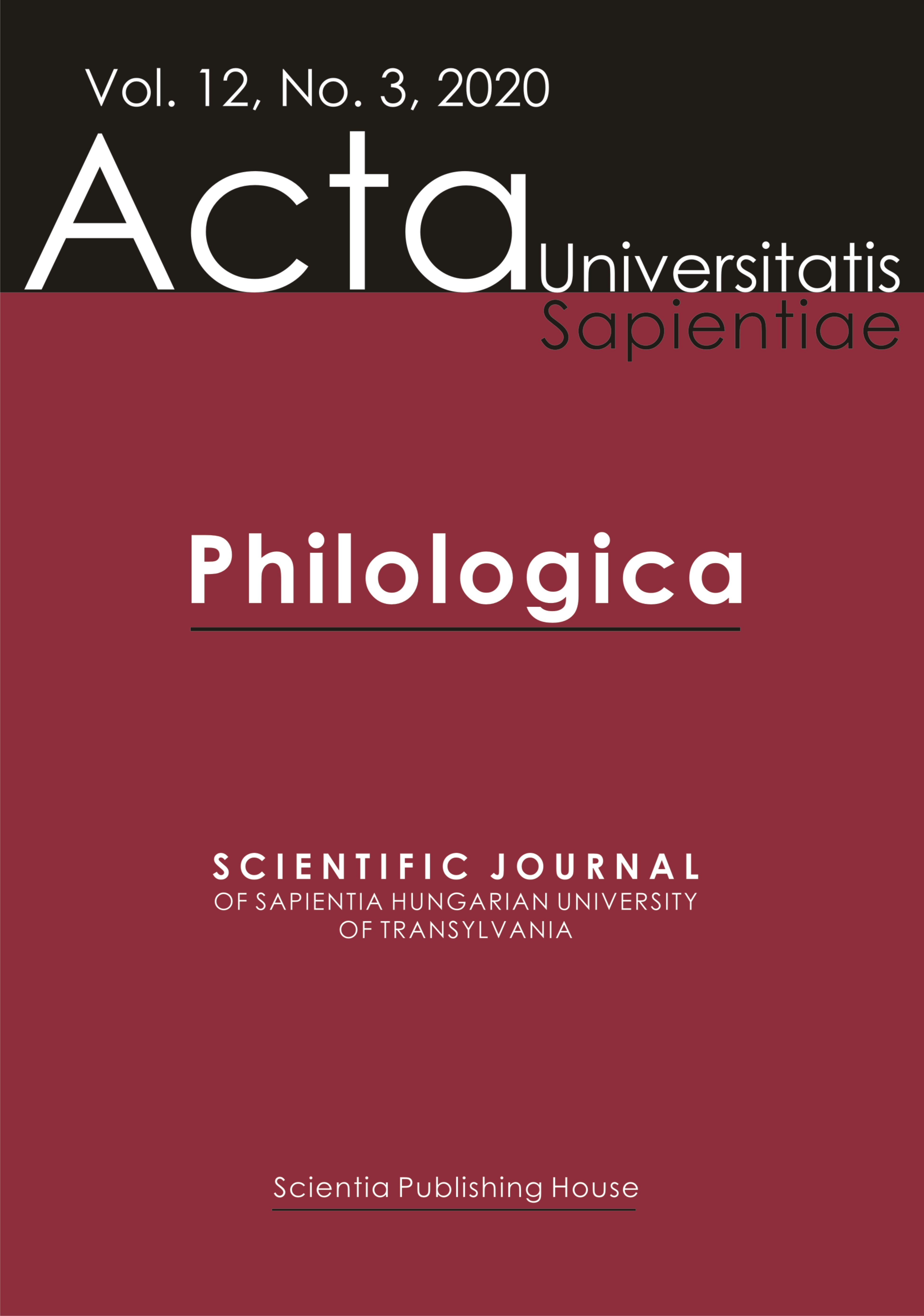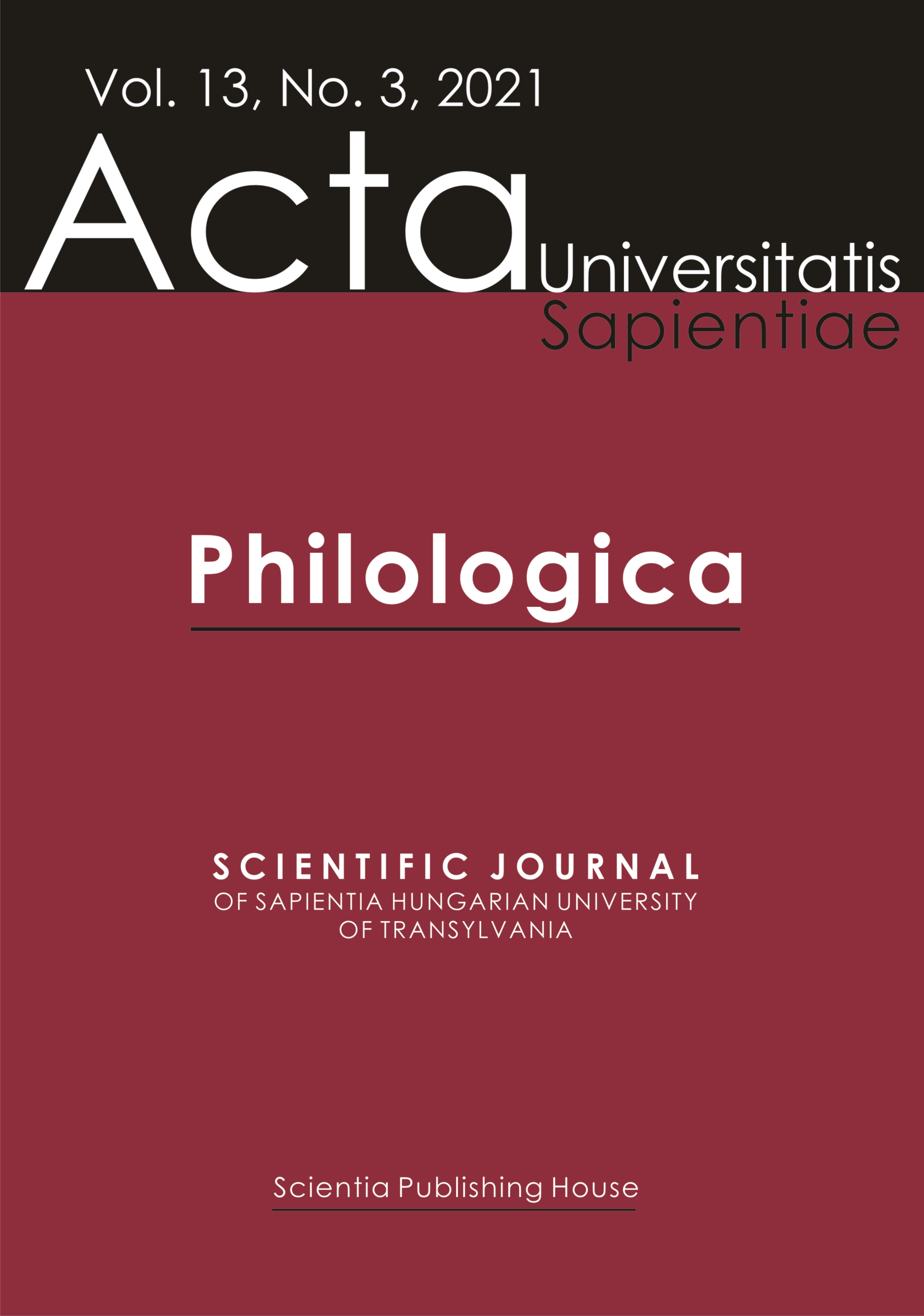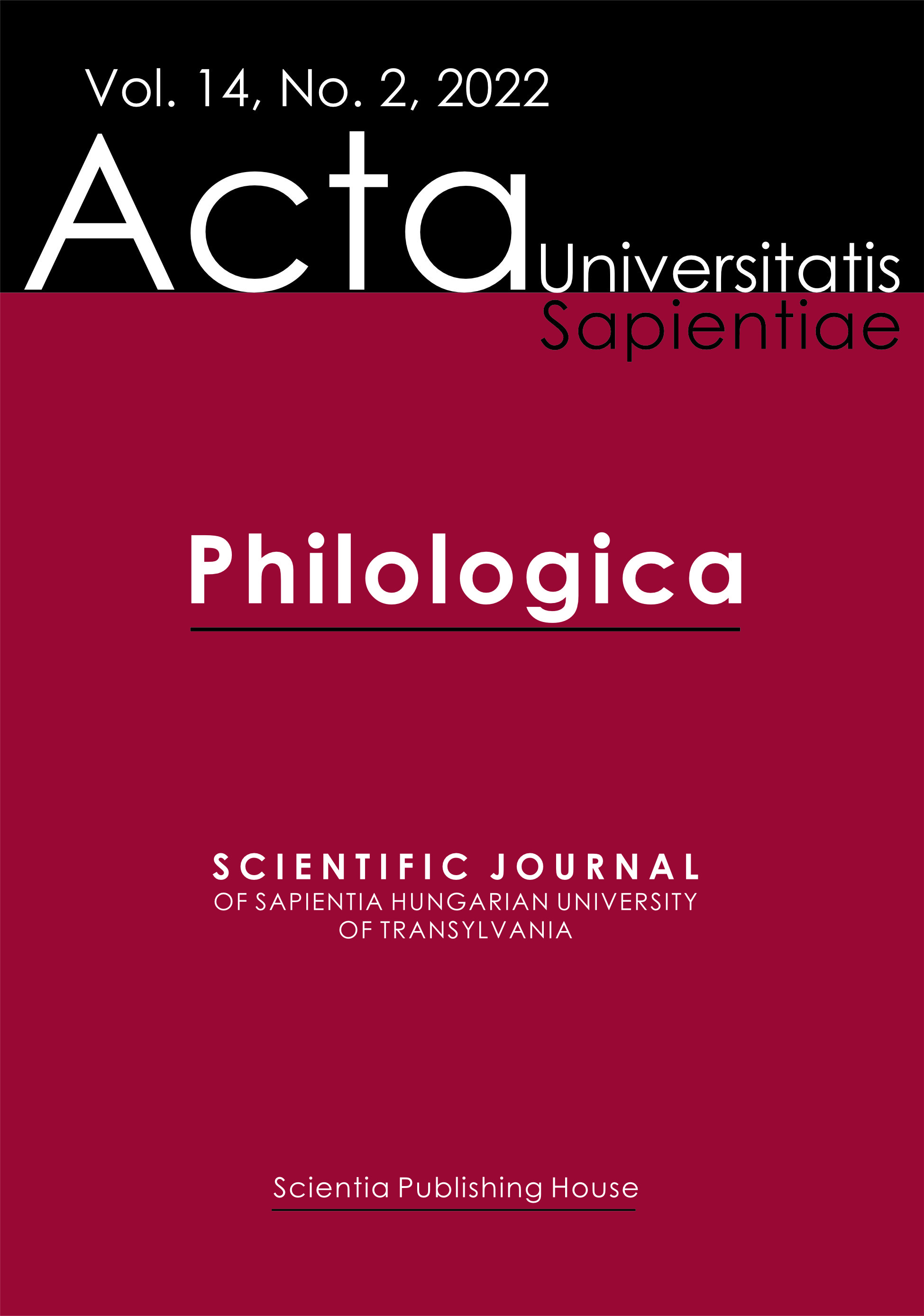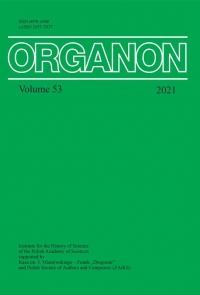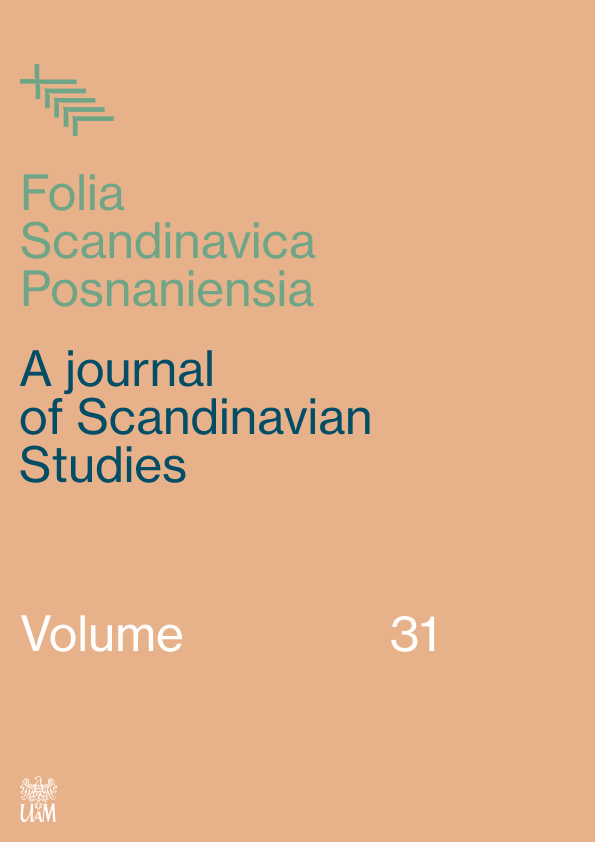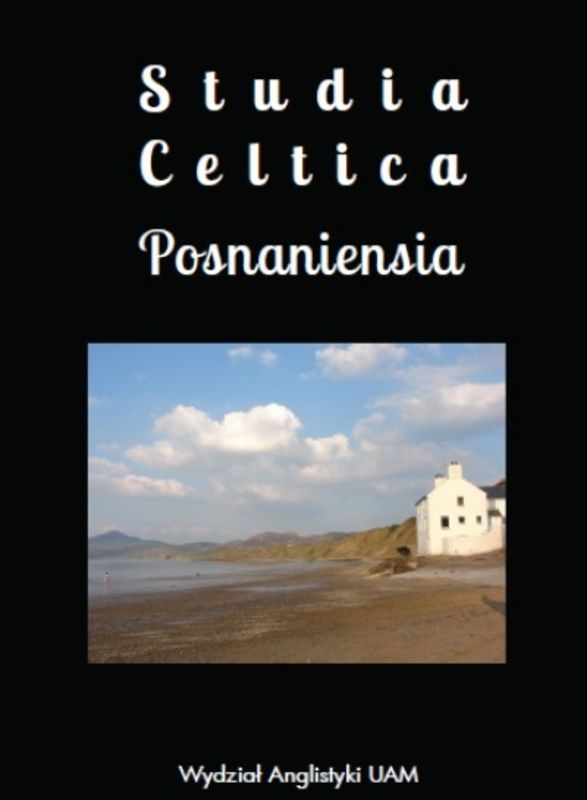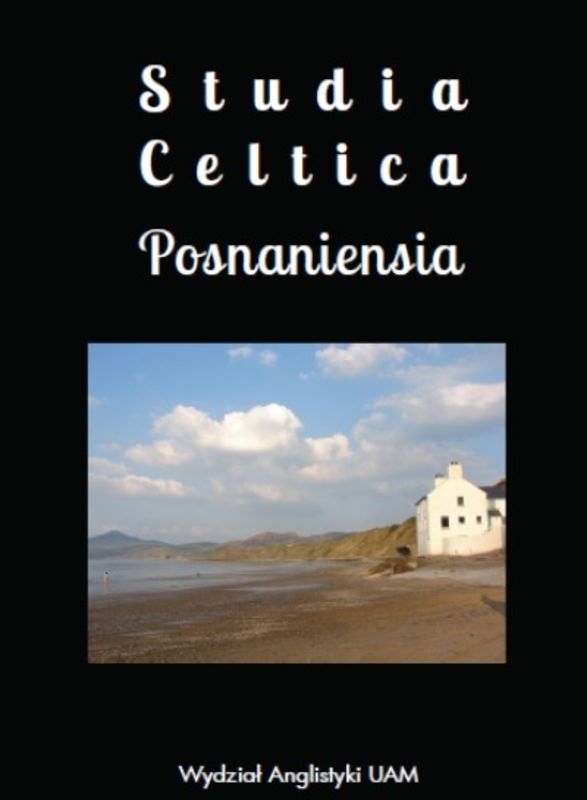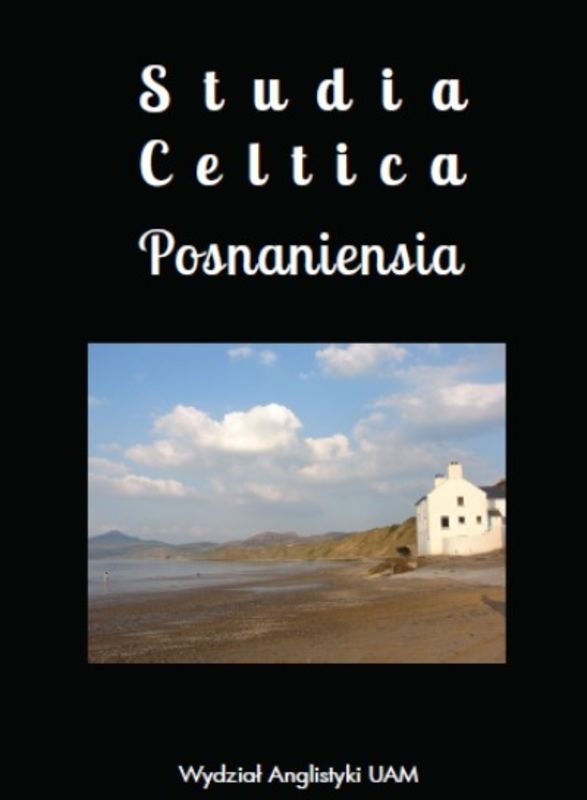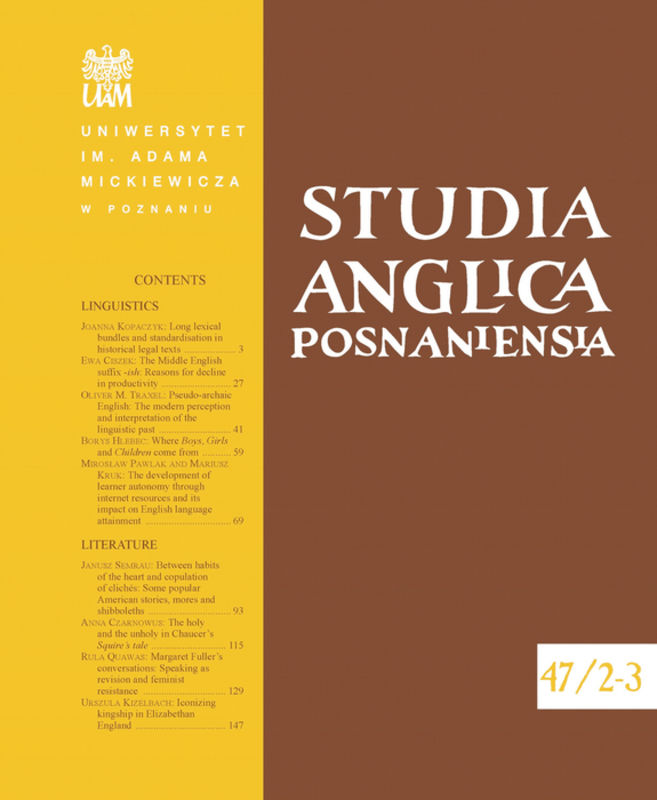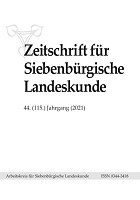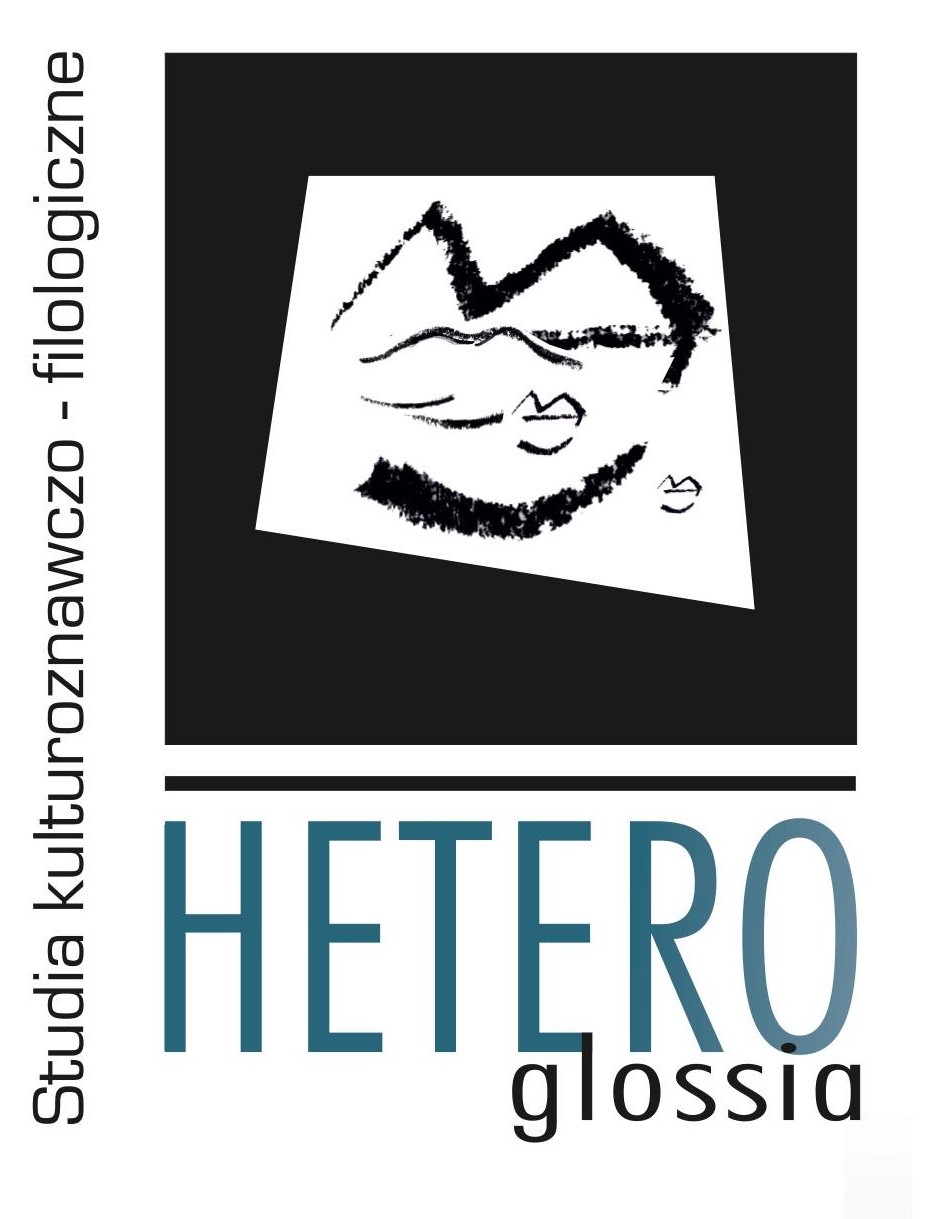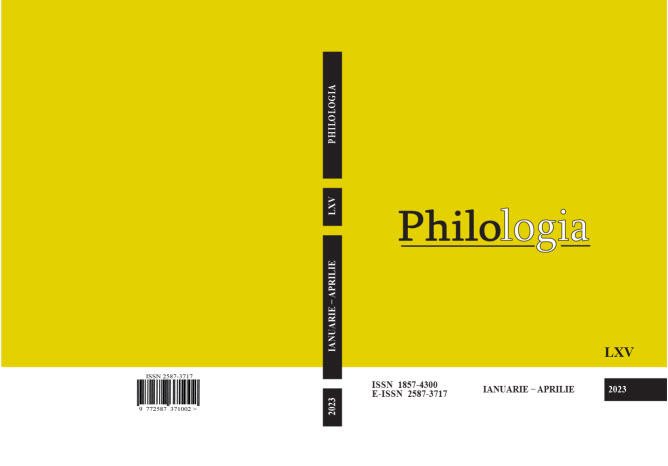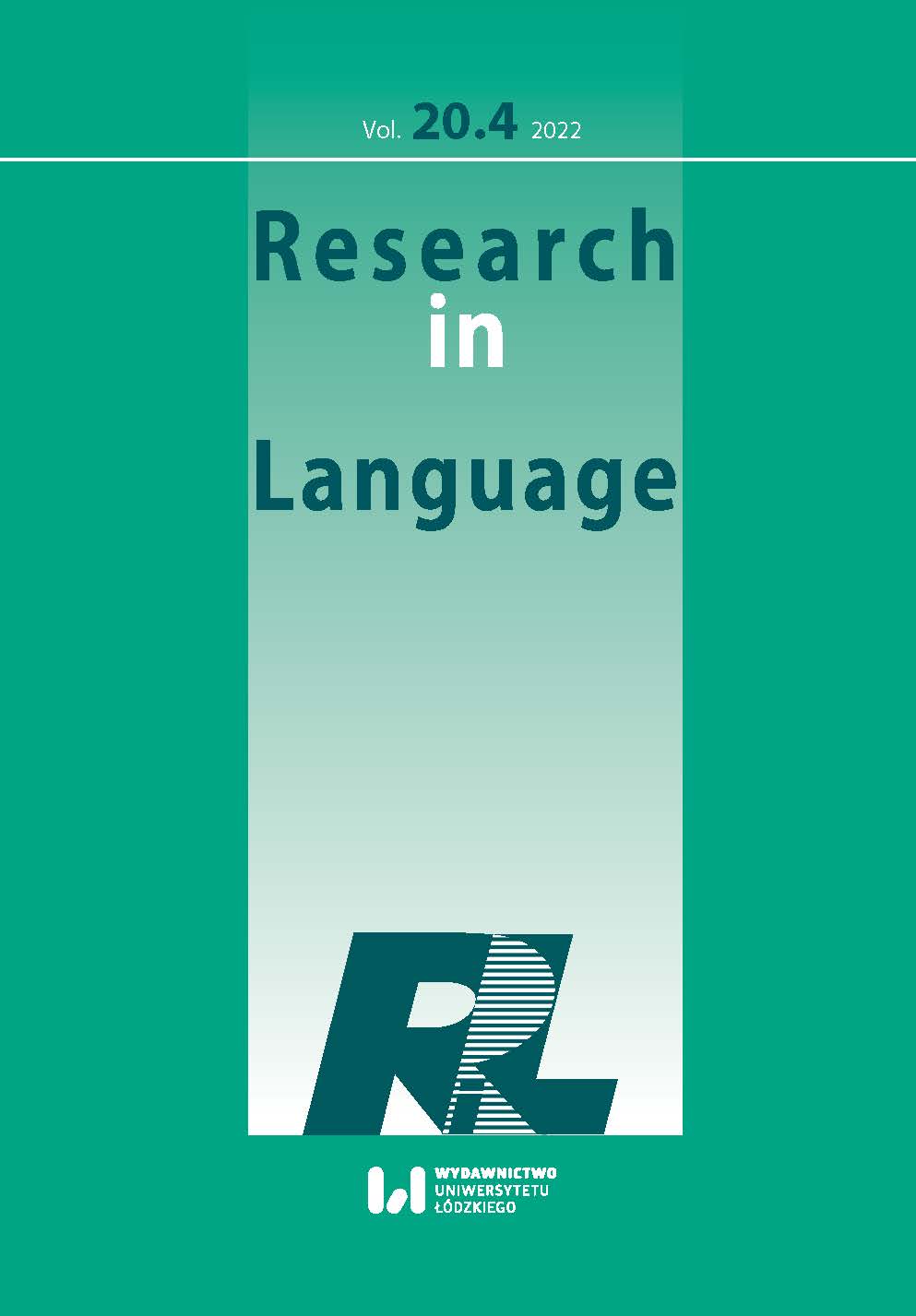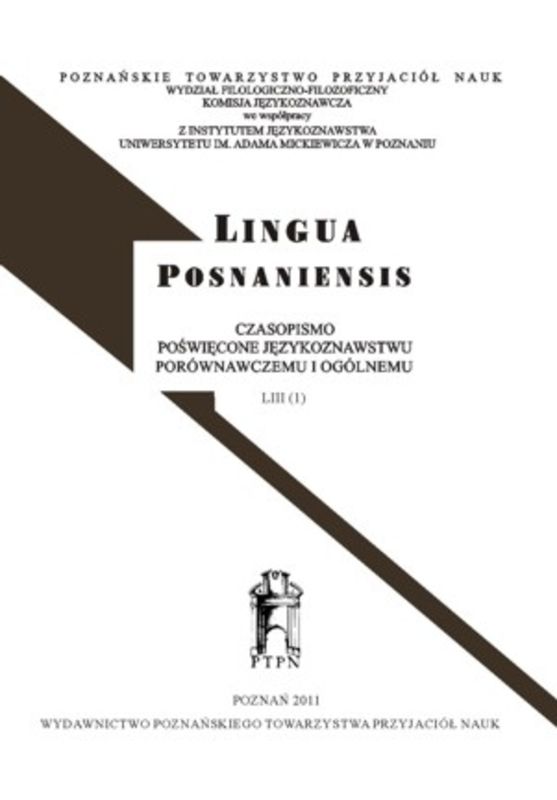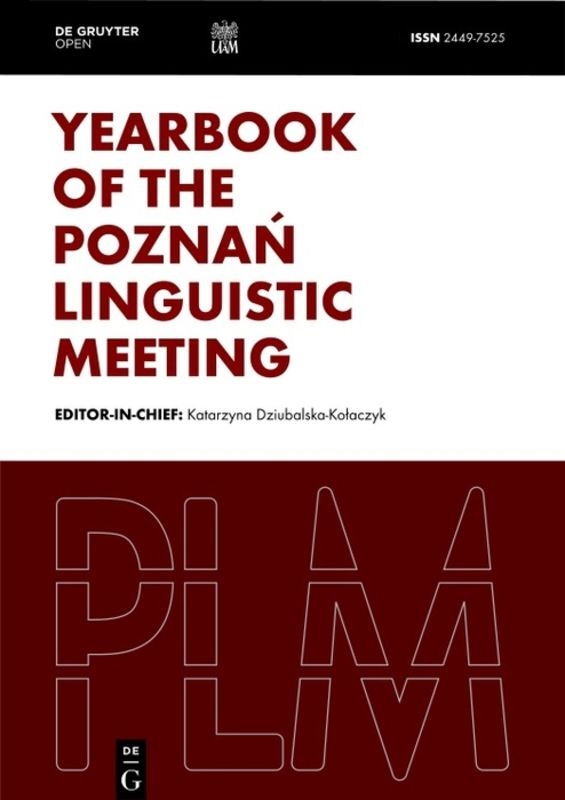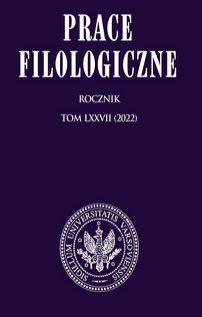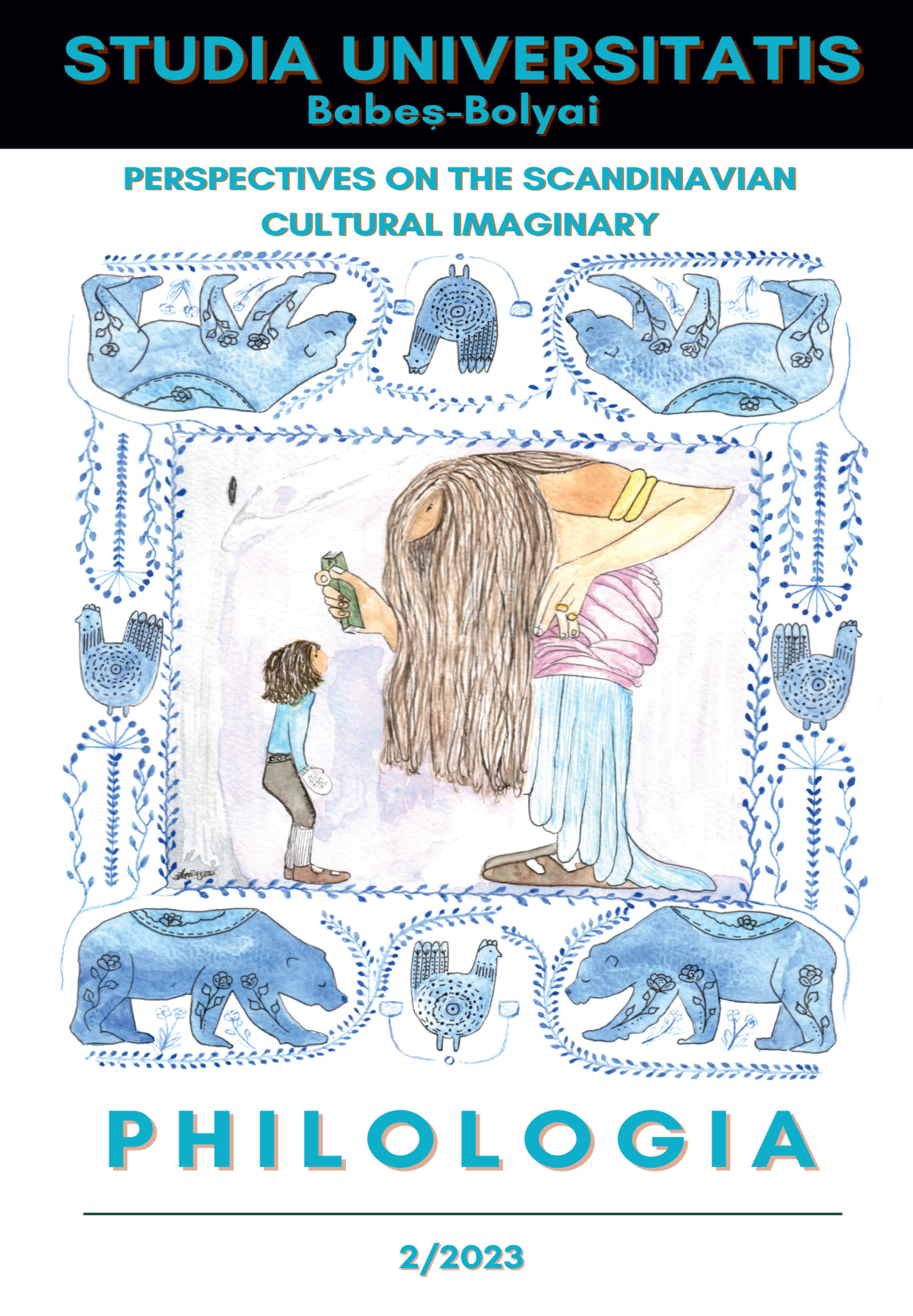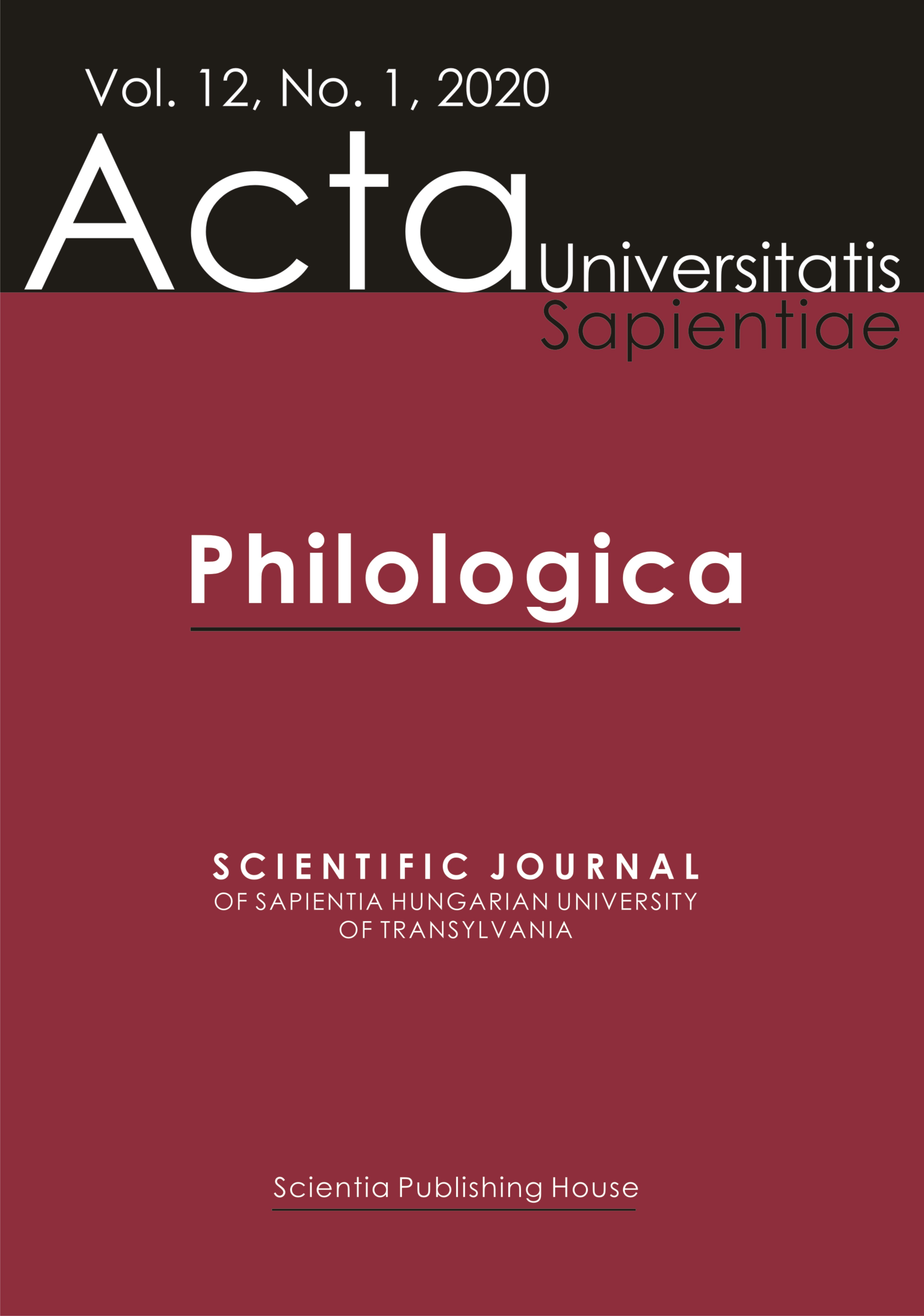
Language Revival and Educational Reform in Ireland and Hungary: Douglas Hyde, Patrick Pearse, Arthur Griffith
Patrick Pearse’s editorial in the journal of the Gaelic League, An Claidheamh Soluis, is the starting point of this essay that explores Irish perceptions of the Hungarian language question as it panned out during the early nineteenth century. Arthur Griffith’s The Resurrection of Hungary: A Parallel for Ireland (1904), to which Pearse refers in his editorial, is the focal point of the discussion, with the pamphlet’s/book’s reference to Count István Széchenyi’s offer of his one-year land revenue to further the cause of the Hungarian language at the Hungarian Diet of Pozsony (present-day Bratislava) in 1825. Széchenyi’s aspirations are examined in the essay in comparison with the ideals of Baron József Eötvös, Minister of Religious and Educational Affairs (1848; 1867–71), in order to indicate the strong connection that existed between the question of language use and religious and educational matters in Hungary. Similar issues were discussed in Ireland during the nineteenth century, providing further points of reference between Ireland and Hungary in the late nineteenth/early twentieth century. Finally, the debate between language revivalists and reformists is studied in some detail, comparing the case of Hungary between the 1790s and the 1840s with that of Ireland between the 1890s and the 1920s.
More...
